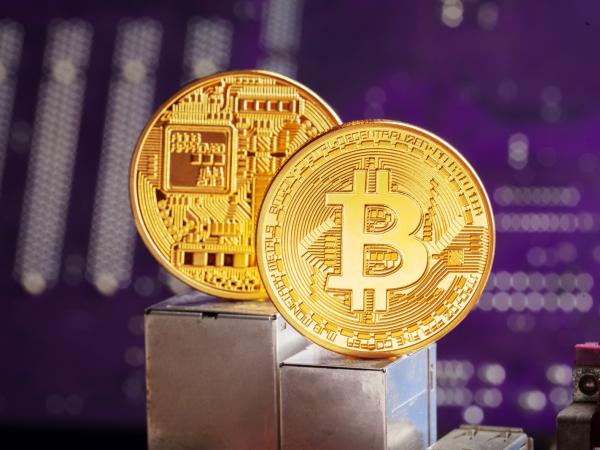This week the ‘Bitcoin Pizza Day’a date on which bitcoin enthusiasts commemorate the first commercial transaction in which cryptocurrency was used to purchase a product from the physical world.
(Read: What will come for the cryptocurrency market after the ‘halving’).
This happened on May 22, 2010. At that time, a programmer named Laszlo Hanyecz, bought two pizzas for 10,000 bitcoins to another Bitcointalk forum user, probably without imagining what this could mean for the world.
This year, the Binance platform celebrated the ‘Bitcoin Pizza Day’ with activities in Argentina, Mexico, Colombia and Brazil, in which the community of this platform met to eat pizza and discuss the evolution of cryptocurrency.
Cryptocurrency Evolution
Since their creation in 2009, cryptocurrencies have opened new opportunities for financial inclusion in Latin America, where 41% of adults lack access to a bank account, according to data from the World Bank, which represents a barrier to participating in the system. economic.
In parallel, according to data from the latest Chainalysis Global Crypto Adoption Index, Colombia, Mexico, Brazil and Argentina are currently among the 40 countries with the highest crypto adoption rate in the world.
(See: Keys for investors: how to buy digital dollars responsibly?).
“While there is still much to do to reach a mass audience, the potential of blockchain technology to transform the way we interact with money is undeniable. Since their creation, cryptocurrencies have promoted a revolutionary approach to finance and technology. The impact and benefits they are already generating in various sectors are indisputable, and it is likely that these will expand even further in the coming years as new ways of using them emerge in the daily lives of companies and individuals.said Min Lin, regional vice president of Binance for Latin America.
The decentralized nature of cryptocurrencies facilitates direct transactions between individuals, and their usefulness goes beyond being simple means of exchange. From smart contracts to decentralized finance (DeFi) and non-fungible tokens (NFT), the crypto universe is evolving and expanding into a wide variety of applications.
Bitcoin
Courtesy
While cryptoassets are rapidly gaining acceptance, adoption rates remain small compared to the fiat currencies used around the world. Its relative complexity limits its appeal, although successive generations of tech-savvy users and increasing use cases in everyday life will undoubtedly change that.
An example of these efforts is the development of ramps that connect the traditional banking system with the platforms or exchanges where digital assets are bought and sold, facilitating the transition from fiat currency to cryptocurrencies and vice versa; also, crypto remittance services that offer faster, cheaper and more efficient alternatives for sending money between peers. Binance, for example, offers Crypto Remittances in 9 Latin American countries, a solution that allows you to transfer crypto funds to bank accounts, reducing transaction costs compared to traditional services.
(Also: Binance strengthened the requirements for listing new digital tokens.)
As time passes, the ecosystem, regulation, uses and various actors continue to evolve. More and more people are entering the space due to various factors, including macroeconomic cycles and industry trends, which can influence how investors, including those in the institutional segment, feel about some assets.
“We cannot predict market movements or the ramifications of this technology that has come to change the way we think and manage money, but we can affirm that this technology that only 14 years ago allowed us to buy two pizzas, is here to stay and pose a new way of doing things, opening new opportunities, both for investors and for segments that until now have been postponed. The years to come and the capacity of the ecosystem itself will tell how far it can take us.”Min Lin concluded.















Add Comment